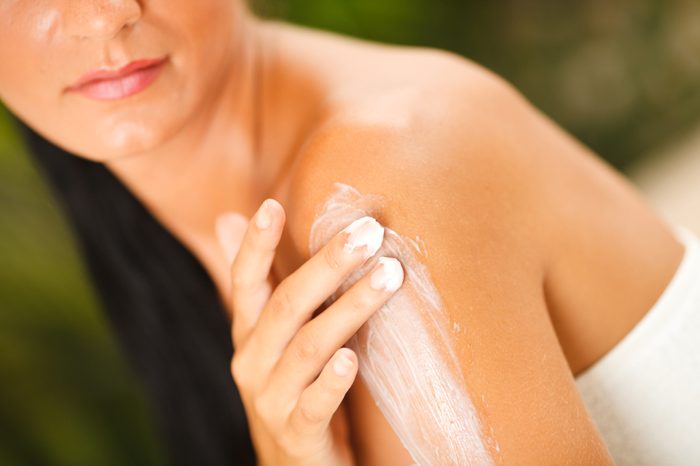
Skin problem: Keratosis pilaris
Annoying – but harmless – tiny white or red bumps that can appear on your arms, buttocks, face and thighs, Keratosis pilaris develops when keratin (a naturally occurring skin protein) plugs up hair follicles. These bumps don’t itch or cause any problems, but they’re a bit of an eyesore.
The fix: According to Dr. Jason Rivers, a clinical professor at UBC, and medical director of Pacific Dermaesthetics in Vancouver, keratois pilaris (KP) typically improves during the summer. But if you’re not seeing a natural reduction in its appearance, a dermatologist can provide assistance. “I tell people to use a buff puff or loofah sponge to exfoliate the skin,” he says. Rivers also recommends the topical use of salicylic acid, vitamin A (retinol) creams, and moisturizers to soften the skin and help diminish the skin’s bumpy appearance.
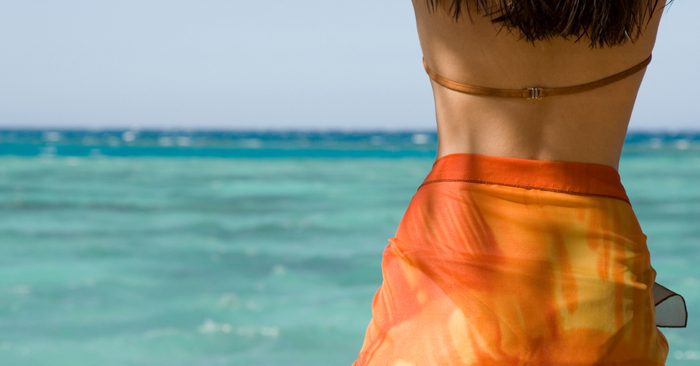
Skin problem: Stretch marks, or scars
If you’ve lost or gained weight quickly, experienced rapid growth, or had a baby, you might have stretch marks.
The fix: “Creams are ineffective for changing the appearance of stretch marks and scars,” says Rivers. “Depending on the type of scar, it may improve with time.” If you’re looking for a little assistance in making your stretch marks or scars less noticeable, see a dermatologist about laser treatments. For best results, Rivers says you should undergo laser treatments before you get a tan – the laser can remove skin pigment, so it’s best to start your appointments before warm weather arrives. Multiple treatments will be required, and prices can range from a few hundred to several thousand dollars depending on the type, and size of the scar.
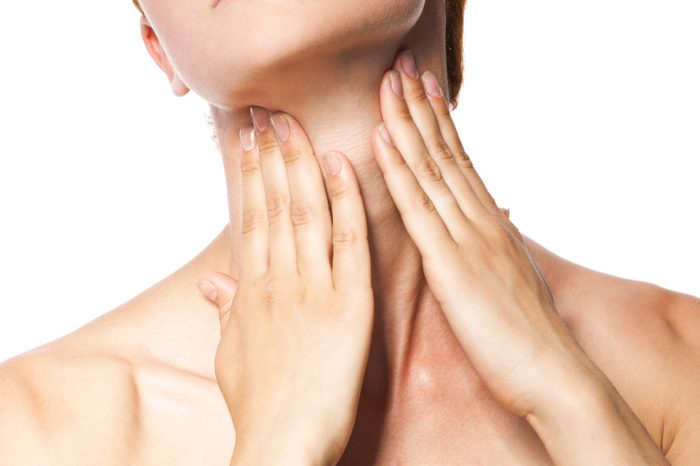
Skin problem: Décolletage, and neck discolouration
Tank tops, and bathing suits put your décolletage, and sides of your neck under the spotlight during summer, but years of sun damage could leave your skin with a discoloured brown or reddish hue that can age your appearance.
The fix: Rivers recommends taking preventative measures – applying a broad spectrum sunscreen with an SPF of at least 30 every morning, and covering up with dark clothing to create a physical barrier from the sun’s harmful rays – to avoid future damage.
To reduce current chest redness, Rivers skips creams ( “They won’t do anything for this problem,” he says), and resorts to lasers. Similar to treatments for scars, laser work shouldn’t be performed on tanned skin, so book your appointments a month or two before swimsuit season. Two or three treatments should remove the discolouration.
For skin with a crepey appearance, Rivers suggests Fraxel laser treatments, which can improve the skin’s texture. The price for this procedure starts around $900. Thermage, a non-surgical skin tightening procedure that uses radio-frequency technology to stimulate collagen production in the skin, is another option. A single two-to-three hour session is usually sufficient, and costs around $2,500. Some slight swelling or redness may occur initially, but will disappear a day or two after the treatment.
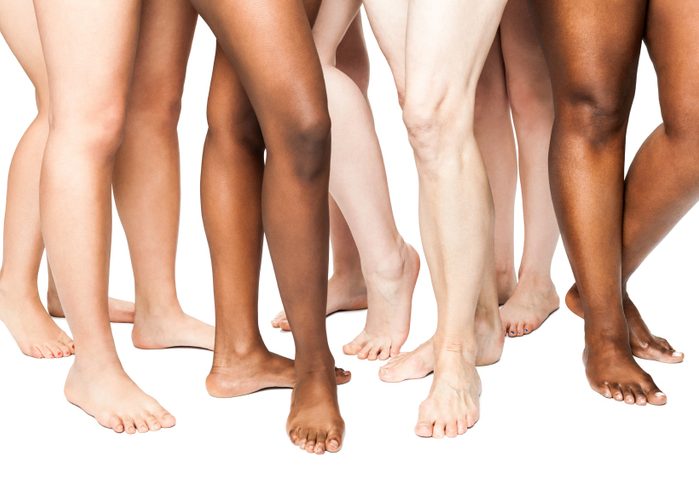
Skin problem: Spider veins in the legs
Thin red and blue veins close to the skin’s surface are a problem for many women. While they don’t cause any discomfort (unlike varicose veins), they can be unsightly.
The fix: Self-tanner can be a great tool for temporarily diminishing the appearance of spider veins. If you’re looking for a more permanent solution, sclerotherapy is the ideal option. During this procedure, a dermatologist will inject a solution of concentrated sugar and salt into the veins with a needle. The injections will cause these tiny veins to collapse and disappear. “It’s simple and very safe,” says Rivers. Two to four treatments will be required, and cost around $250 per session.
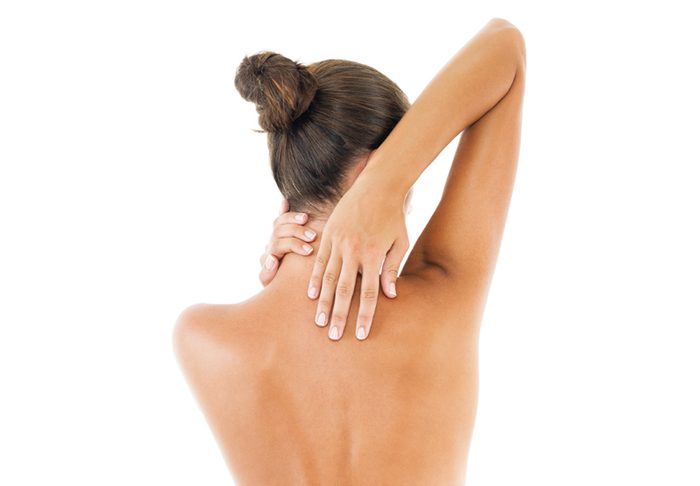
Skin problem: Back acne
This hard to reach area is prime real estate for acne. Sweaty gym sessions, and clothing that rubs against the skin can leave your upper back prone to this frustrating condition.
The fix: The first step is prevention. If breakouts are the bane of your existence, Rivers recommends showering as soon as you can after working out, and the use a topical anti-acne medication that contains a mild retinol to help open the skin’s pores. Just be careful not to overuse these products as they can cause skin peeling, temporary redness and sun sensitivity. To use retinol products properly and avoid potential side effects, seek the guidance of a dermatologist.
If medications aren’t working, Rivers will turn to other treatments such as photodynamic therapy (a minimally invasive treatment using a photosensitive drug called Metvix and a calibrated light source that kills unhealthy cells), and salicylic acid peels of the skin. Prices of photodynamic therapy can range from $300 to $1,500 while a single chemical peel is approximately $150.
